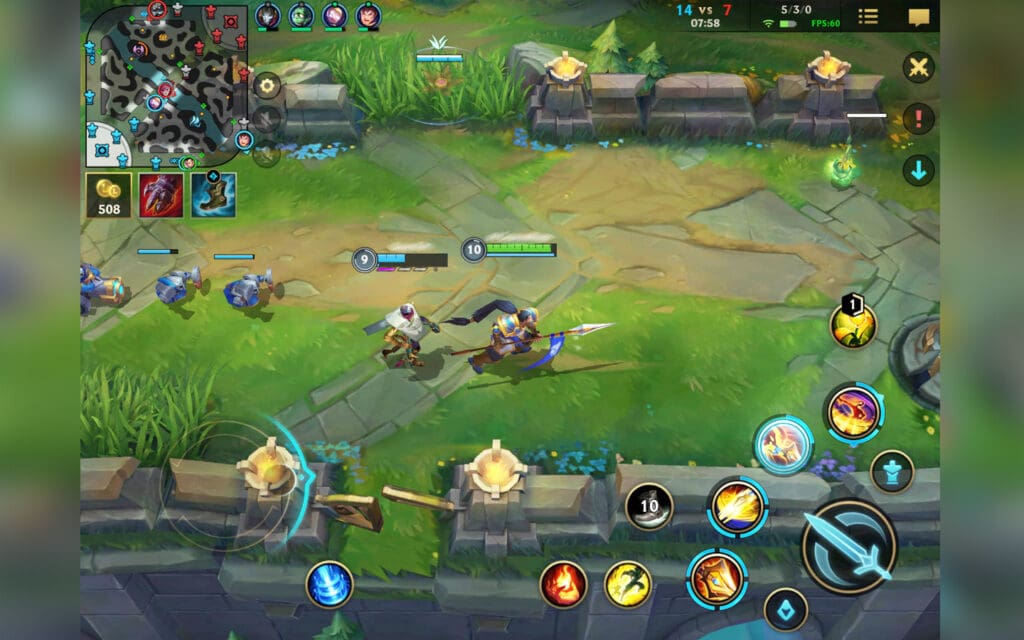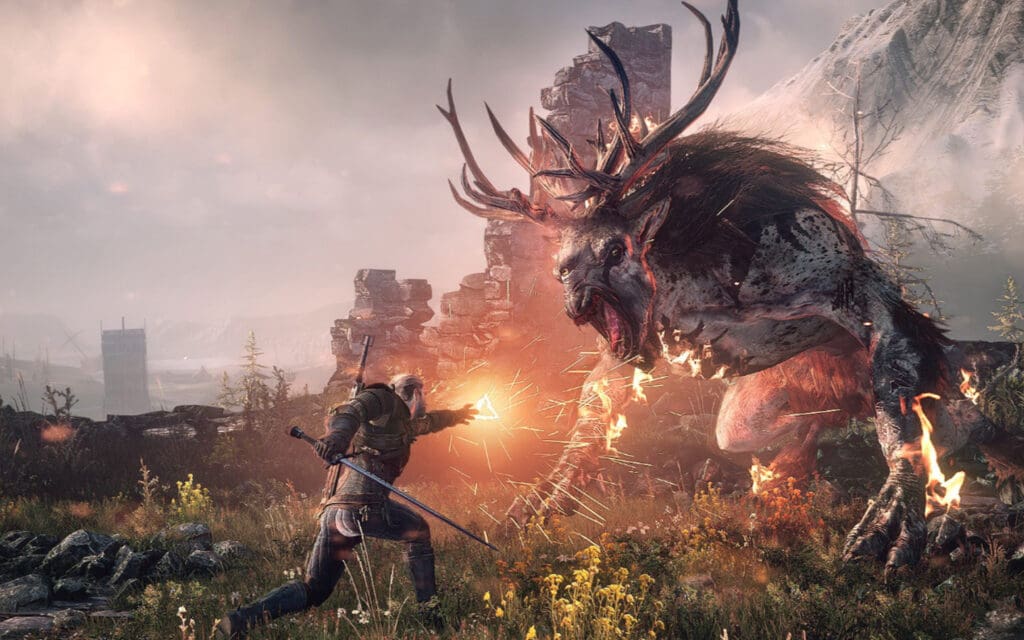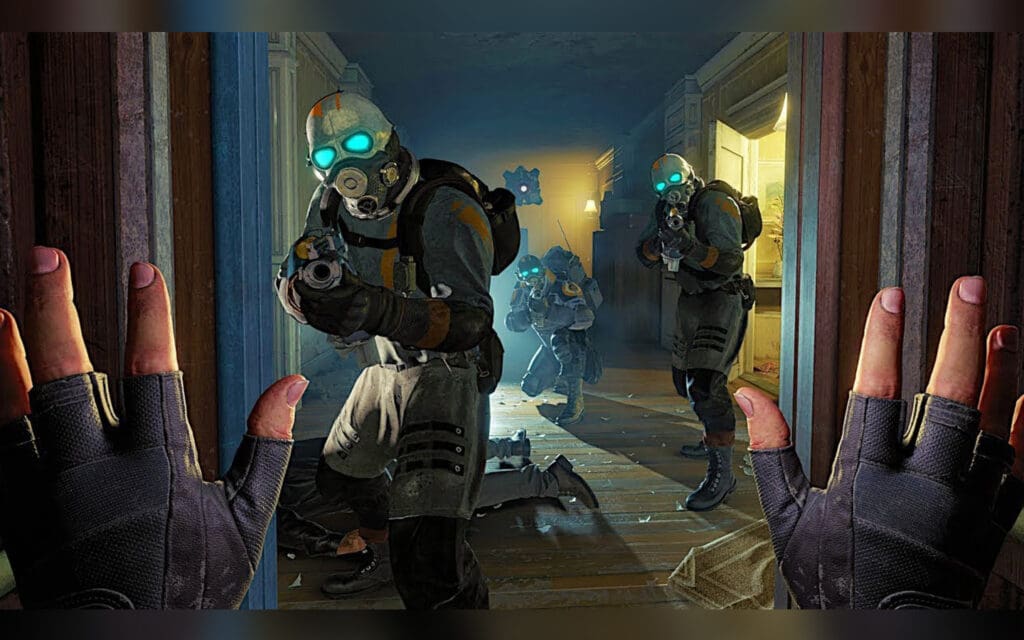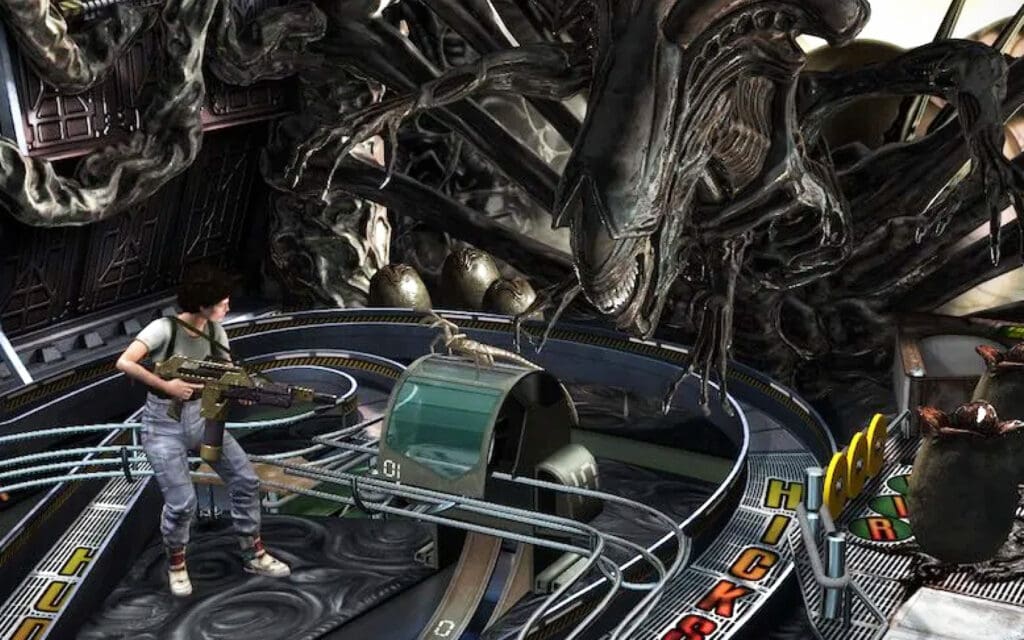Video games have been surrounded by myths and misconceptions for decades.
Some of these tales have been debunked, while others continue to intrigue gamers. Here are 15 popular gaming myths and the truths behind them.
1. Video Games Cause Real-World Violence

Contrary to popular belief, extensive research has shown no conclusive evidence linking video games to real-world violent behavior. Studies indicate that factors like mental health and environment play more significant roles in influencing behavior.
2. The Existence of ‘Polybius’

The legend of ‘Polybius,’ a mysterious arcade game that allegedly caused adverse effects on players, has been debunked. No credible evidence supports its existence; it’s widely regarded as an urban legend.
3. ‘Mew’ Hidden Under a Truck in Pokémon Red/Blue

A popular myth suggested that using the Strength move on a truck near the S.S. Anne would reveal the rare Pokémon Mew. In reality, Mew was only obtainable through official events or glitches.
4. Blowing into Game Cartridges Fixes Them

Many believed that blowing into cartridges would resolve connection issues. However, this practice can introduce moisture and damage the contacts, leading to further problems.
5. ‘Herobrine’ Haunts Minecraft

Stories about ‘Herobrine,’ a ghostly character haunting Minecraft worlds, are unfounded. The game’s developers have confirmed that Herobrine was never part of the game.
6. ‘Ermac’ in Mortal Kombat
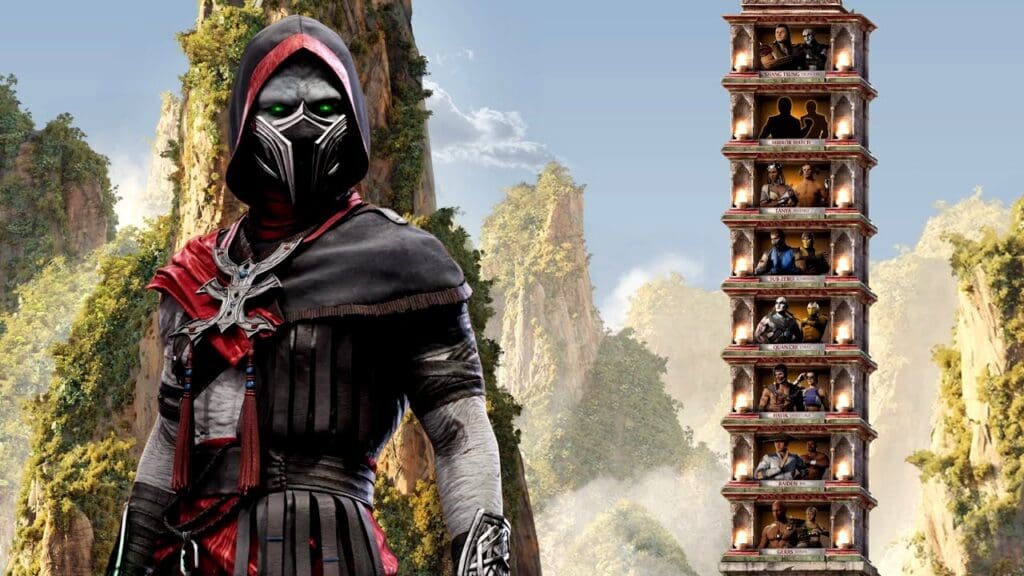
Players speculated about a hidden character named ‘Ermac’ due to a diagnostics menu listing “ERMACS.” This was merely a term for error macros, not a secret character. However, due to the rumors, developers later introduced Ermac as an official character in the series.
7. ‘Bigfoot’ in Grand Theft Auto: San Andreas
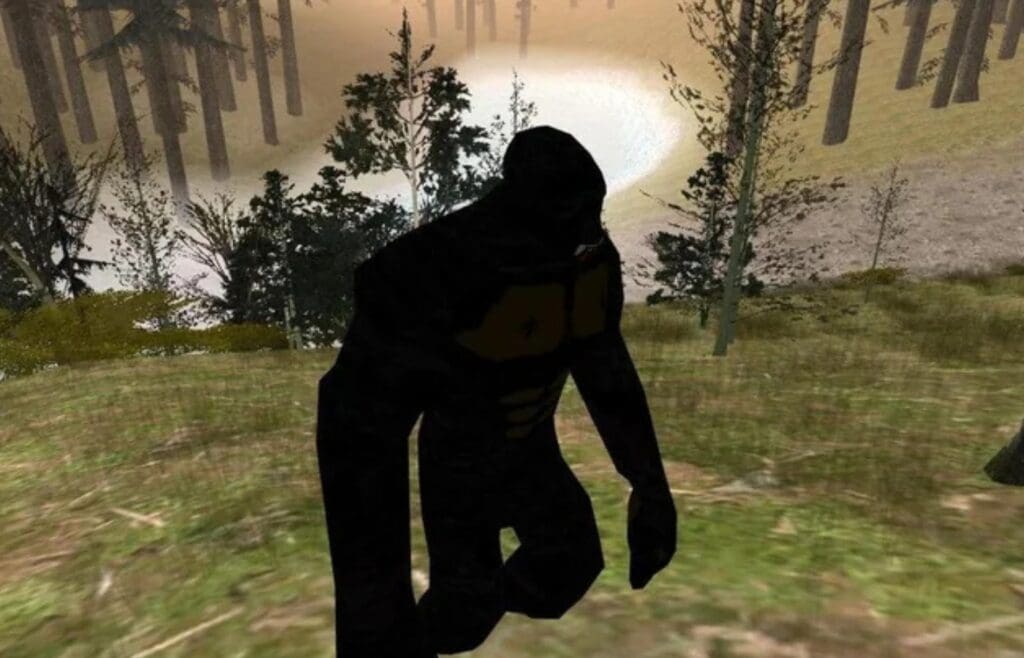
Rumors of Bigfoot lurking in the forests of San Andreas have been debunked. Developers confirmed that no such creature exists in the game.
8. ‘MissingNo.’ Destroys Save Files

Encountering the Pokémon ‘MissingNo.’ glitch in Pokémon Red/Blue can cause graphical anomalies, but it doesn’t inherently destroy save files. However, it’s advisable to avoid exploiting glitches to prevent potential issues.
9. Video Games Are Only for Kids

The gaming demographic spans all age groups. Many adults enjoy video games, and the average age of gamers has been steadily increasing.
10. ‘Lavender Town Syndrome’ in Pokémon

The myth claims that the original Lavender Town music caused adverse effects in children. This has been debunked, with no evidence supporting such incidents.
11. ‘Sonic’ Is Playable in Super Smash Bros. 64
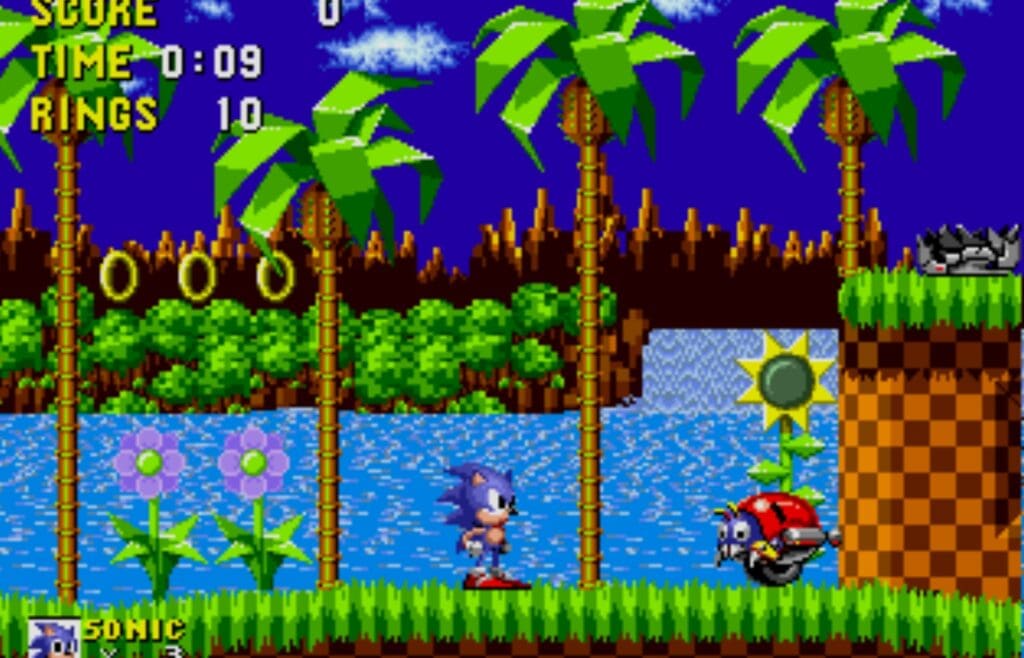
Rumors suggested that Sonic could be unlocked in the original Super Smash Bros. This was false; Sonic only became a playable character in later installments.
12. Video Games Are a Waste of Time

Studies have shown that gaming can improve cognitive skills, hand-eye coordination, and problem-solving abilities. It’s a legitimate form of entertainment and mental exercise.
Read More: The 10 Best RPGs for Xbox Series X|S
13. ‘Secret Cow Level’ in Diablo
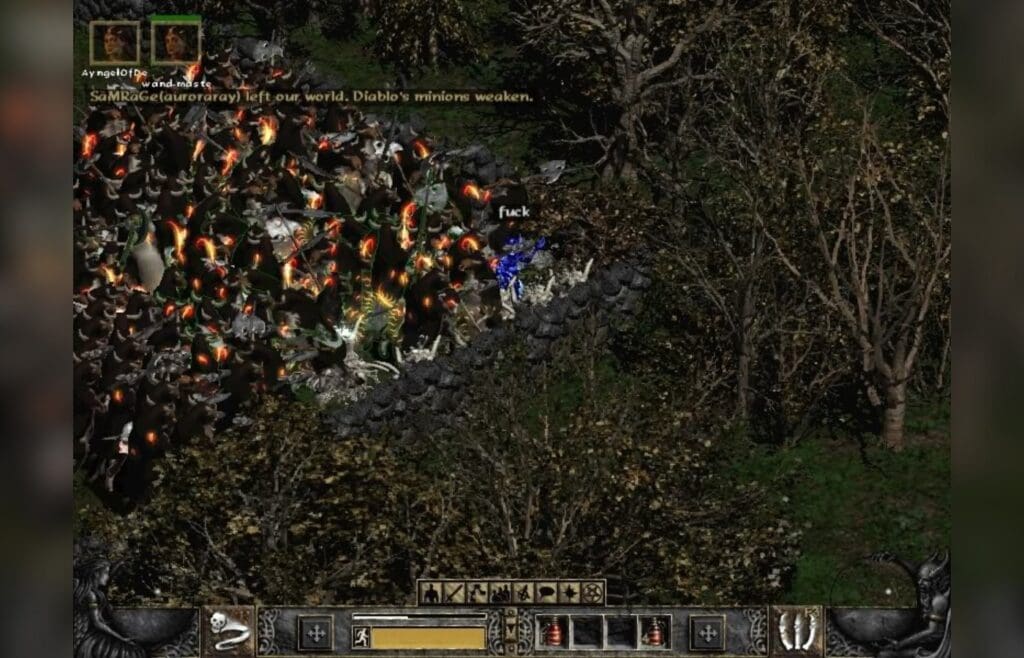
Players joked about a ‘Secret Cow Level’ in Diablo. While it didn’t exist in the original game, developers included it in Diablo II as a nod to the rumor.
Read More: The 10 Highest Grossing Video Game Movies
14. Video Games Lead to Social Isolation

Gaming often fosters social connections, with many games emphasizing teamwork and communication. Online and local multiplayer games encourage interaction and collaboration.
Understanding the truth behind these myths enhances our appreciation and knowledge of gaming culture.

